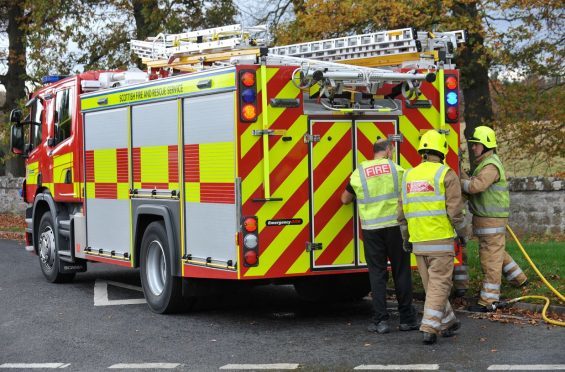Hundreds of visits to homes across Moray have been hailed as the reasons for a drop in fire injuries.
Between April and June fire-fighters visited more than 330 residents to provide advice on how to cut the risk of a blaze.
Now it has been revealed the home visits from specialists have coincided with a drop in the amount of call-outs for the service.
During the three-month period there were six accidental fires in Moray – a drop from 13 at the same time last year. The number of injuries during the same period also fell.
David Rout, senior officer for Moray and Aberdeenshire, explained that checks on smoke alarms have proved to be vital.
He said: “There is a clear link between fire-related casualties and accidental dwelling fires.
“That’s why we make such a concentrated effort in the provision of home fire safety visits to ensure everyone has adequate fire detection in place.
“It’s pleasing to see that fire casualties have decreased from seven to two during this period.
“We have carried out 332 home visits during this reporting period alone and will continue to see that number rise.”
Despite the reduction in accidental incidents, deliberate fires remain “a problem” across Moray.
Between April and June there were 23 call-outs to respond to emergencies that had been started intentionally – a rise of one from the previous year.
Eight of the incidents were due to flames that started on grassland and rubbish, three were for cars and the remaining were at a house, a garage, a shed, woodland and outdoor machinery.
The fire service has attributed the incidents due to other forms of anti-social behaviour and has pledged to work with the police, council, residents and other agencies to cut down on the problem.
The number of false alarms has fallen by four to 117. Whisky distilleries have previously been highlighted as the main cause for the call-outs and the Speyside area again had the highest total in the category with 34 – an increase of seven from the same time in 2016.
Cutting down on unwanted signals has been identified as a priority in a proposed action plan for the service. Premises with a high amount of call outs will be checked to see if they have appropriate safety measures in place.
